From Despair to Hope: Mural Arts’ Climate Justice Initiative Spotlights Local Champions For Healthier Environments
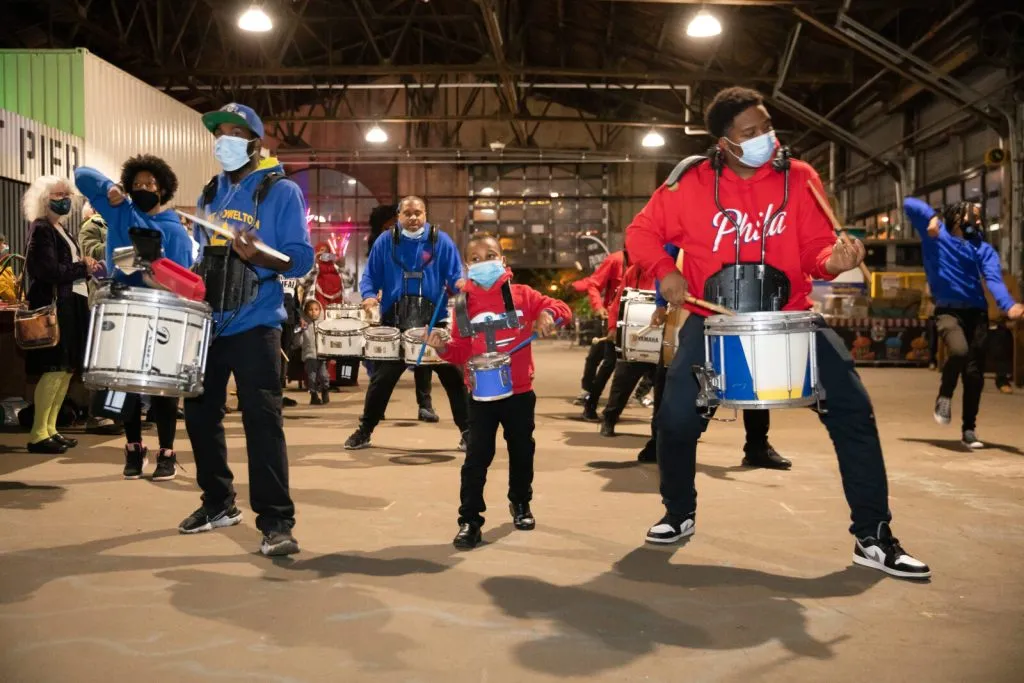
Jeanette Miller was born and raised in South Philly. “My parents moved to Grays Ferry in 1956, a month before I was born. My father was from Florida, and my mother was from Georgia.” They came to Philadelphia as part of the Great Migration of African-Americans out of the Jim Crow South. Unfortunately, Northern cities had racist laws of their own. “They wanted to move to a nice area, but because of redlining, we were directed to Grays Ferry.”
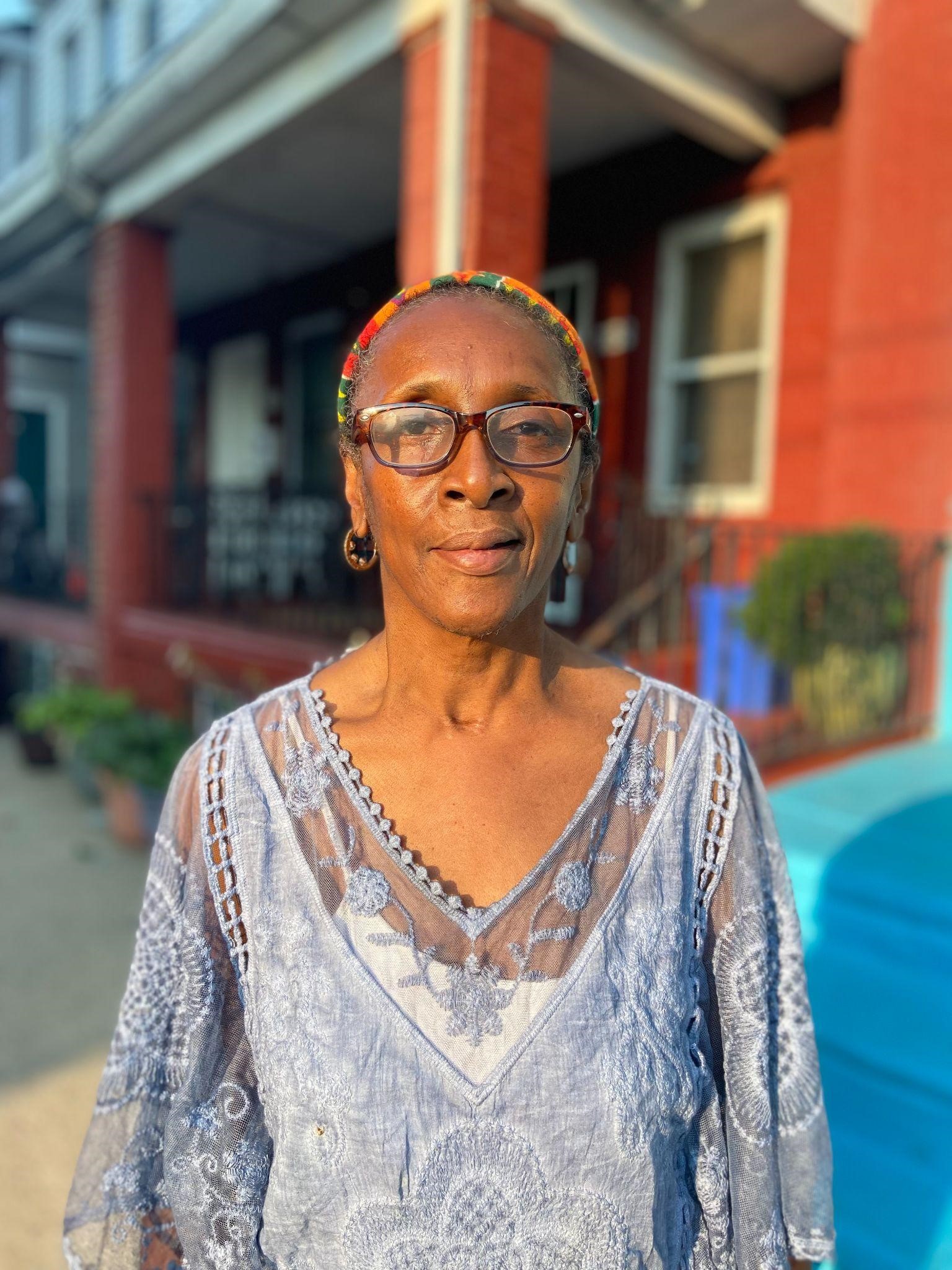
Despite this segregation, Ms. Jeanette describes an idyllic childhood: “We had nice stores on every corner, hoagie shops and butcher shops and ice cream parlors. The grass was cut, the hedges were all trimmed. I don’t think anyone noticed that the refinery was causing each of us harm.”
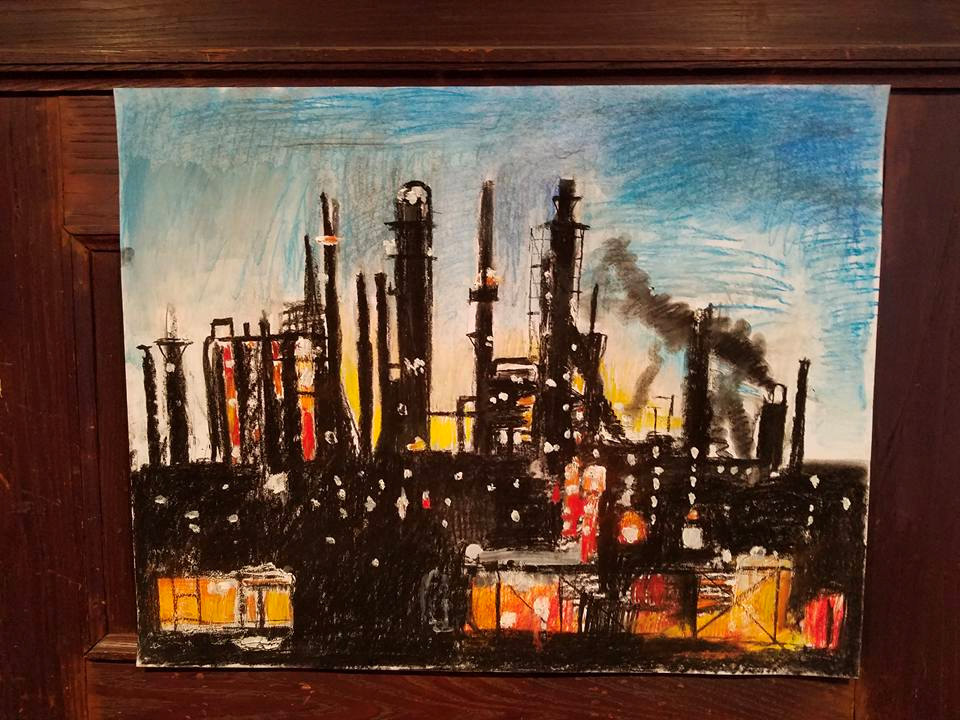
The refinery, owned by Sunoco and then its subsidiary Philadelphia Energy Solutions, was the largest, oldest fossil fuel refinery on the east coast. During its operation from the 1870s until 2020, it was the biggest single stationary source of particulate pollution in Philadelphia, making up 16% of the city’s total carbon footprint – and that’s not counting all the carbon emissions from the fossil fuels that were then shipped from the refinery around the world.[1] It produced some of the highest levels of benzene, a known carcinogen, of any refinery in the country.[2]
“The refinery was always there, but as children, we just watched the fires at night. It was like our entertainment.”
As time went on, the impacts of the oil refinery became harder to ignore. “My father had esophageal cancer. My mother had an enlarged heart. My kids’ father got bone cancer, with a tumor in the back of his neck. When my son was in college, they discovered that he had a tumor. Everyone died. Everyone. Right now, I’m on oxygen. I suffer from chronic bronchitis, with fluid in my lungs. And the refinery has played a part in all of that.”
Local residents had protested against the refinery for decades. In 2015, Ms. Jeanette joined the organization Philly Thrive to protect air quality in the neighborhood. “We were small, we were intimidated, but we stuck around. We were strong, and we didn’t let up. We pushed back. That’s what gave people in this neighborhood a whole lot of trust in Philly Thrive.”
In 2019, the refinery suffered a massive explosion that rocked the neighborhood, shaking houses and setting off car alarms in the night. There was a leak in refinery Unit 433, which stored enough hydrogen fluoride gas to burn, blind, and asphyxiate over one million Philadelphians.[3] Thanks to the work of a courageous refinery worker in the control room, no lives were lost that night. But all eyes were on Grays Ferry and the refinery.
Through a combination of protests, public testimonies, and civil disobedience, Philly Thrive demanded the permanent closure of the refinery due to its impact on public health, air quality, and the climate. And in 2020, their prayers were answered: the refinery would be closed for good, never to reopen. It was purchased out of bankruptcy by Hilco, an international real estate development corporation, who pledged not to restart refining operations on the site – although lately, Hilco’s plan to continue operating petroleum tank farms on the site has aroused community concern.[4], [5]
So what’s next for this 1,300-acre site? Ms. Jeanette explains, “We organized a coalition of 19 organizations from South and Southwest Philadelphia to speak to Hilco. We want them to sign a Community Benefits Agreement, a legal agreement to help this community that has suffered so much for so many years. We want jobs, and we want a seat at the table.” Philly Thrive is also inviting its supporters to a victory celebration commemorating the permanent closure of the refinery, on Friday, April 29 at Bartram’s Garden.
Across the county line, another community is facing a similar struggle. “Chester matters!” chant the members of Chester Residents Concerned for Quality Living, or CRCQL (pronounced “Circle”). “Delco matters!” On a bright spring afternoon, a crowd has gathered outside the County Council building to demand an end to trash incineration in their community. Old and young, black and white and every color in between, they lock arms, observe a moment of silence, and then drop to the ground to memorialize the lives lost to air pollution in their community.

“It’s literally killing people,” says Zulene Mayfield. “The City of Brotherly Love has no love for us.” The enormous Covanta garbage incinerator burns 1.2 million tons of trash and recyclables every year, with over 95% of it coming from outside the city of Chester, including other parts of Delaware County, as well as New York, New Jersey, Maryland, and Philadelphia.[6], [7] The smokestack releases a toxic cocktail of pollutants including heavy metals, dioxins, furans, and greenhouse gases.[8] The rate of childhood asthma in Chester is five times the national average, and 75% of residents living on the same street as the incinerator are African-American.[9] “We don’t have the complexion for protection,” Mayfield sighs.
After thirty years of protesting against environmental racism, it would be easy to give up. The work is slow-going, but CRCQL’s persistence has paid off. They’ve successfully fended off two other incinerators that would have burned medical waste and contaminated soil in Chester, and they’ve successfully sued the Delaware County Regional Water Authority to the tune of $320,000 for violations of the Clean Air Act.[10] And now, with Covanta’s trash-burning contract set to expire this April, CRCQL has set a goal of ending trash incineration in their community within the next 365 days. Thanks to CRCQL’s consistent advocacy, the county has hired “zero-waste” consultants to come up with a 10-year Solid Waste Management Plan that will maximize reuse, reduction, and recycling, and minimize pollutants and health impacts.” Thanks to our organizing across the county, we’ve made tremendous progress in shining light on the issues around how our waste is processed, who it impacts, and the better alternatives available. We are hopeful that County Council will support Delaware County Solid Waste Authority in switching to using the county’s landfill and adopting Zero Waste solutions so we can stop sending our trash to burn in Chester as soon as possible,” says CRCQL member Erica Burman.
CRCQL is inviting supporters to gather for a rally and march at 12:30 pm on Saturday, April 23, at Chester City Hall in a peaceful, artistic display of people power. April 23 is Environmental Justice Day—the day after Earth Day, April 22. “Earth Day has been celebrated for many years, but what about environmental justice communities?” asks Mayfield. “It’s not just about cleaning up parks; we need to think about communities that are most impacted by environmental issues.”
Climate change affects all of us, but not equally. Low-income communities of color are the most vulnerable to the risks—including flooding, heat waves, and food insecurity—even though they are least responsible for their causes. Climate justice is our moral calling to build more equitable, loving, and resilient communities for a turbulent future.
How can public art support movements for climate and environmental justice? This is the question at the heart of the Climate Justice initiative, or CJI, a new project of the Environmental Justice Department of Mural Arts Philadelphia. The CJI has four major phases:
- Knowledge-sharing between collaborating organizations
- Collaborative mural design
- An educational hub space to host events and workshops in June and July 2022, and
- Creative disruptions, the artistically-driven direct actions that help grassroots groups interrupt “business as usual.”
“I think our biggest success so far has been the knowledge-sharing phase,” says Adriana Moran Garcia, FAO Schwarz fellow in the Mural Arts Environmental Justice Department. “Now, information about the causes, impacts, and solutions to environmental injustices are more accessible to our whole network of collaborators, as well as to the wider public.” Moran Garcia adds that the process of creating artwork with community collaborators has been healing, inspiring, and a successful organizing tool. “Art gives people an outlet to talk about the issues in their community without focusing only on the negatives. We can also talk about the ways that neighbors are actively involved, and how they can use their creativity to encourage others to participate with them. The facts are important, and so is the way we frame those facts. If we can talk about trash dumping, or climate change, in a way that is both factual and also fun, then we’ve increased our audience and the likelihood that people will want to play a part in the movement.”
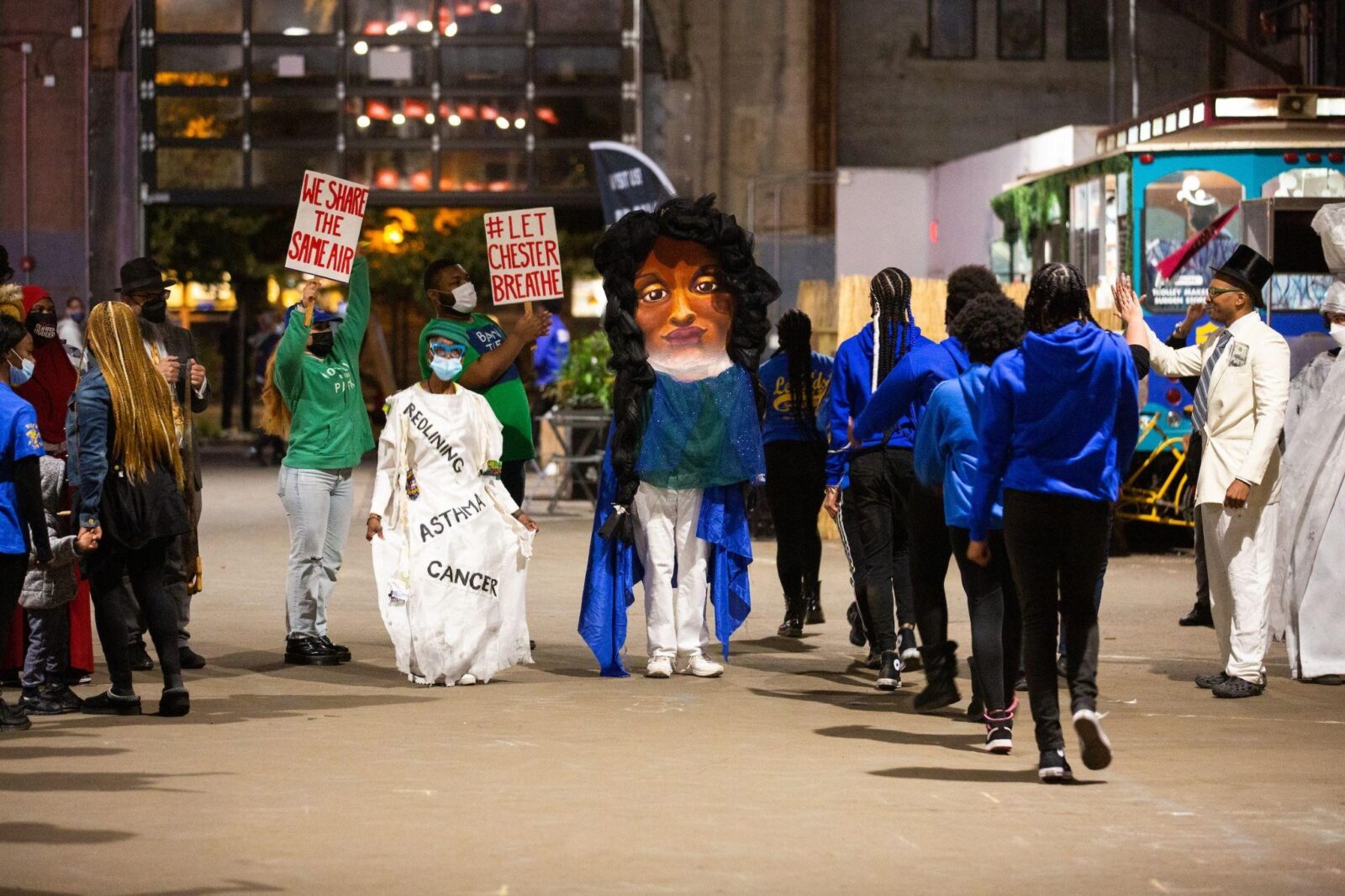
The 19 collaborating organizations in the CJI represent a broad swath of activists, organizers, and artists across Lenapehoking, the ancestral homelands of the Lenape people. They focus on issues related to air quality, land stewardship, and waste disposal in their communities. Each of our collaborators embodies the motto “Think globally, act locally.” Individually, their campaigns are improving the health of their immediate surroundings. Together, their cumulative impact is helping our entire watershed prepare for the coming climate changes of the 21st century by lowering carbon emissions, increasing carbon storage, and growing more resilient, powerful, informed, and united communities.
“Indigenous stewardship helps restore the land, caring for us as we care for it,” says Chief Vincent Mann, Turtle Clan Chief of the Ramapough Lunaape Nation. At the Munsee Three Sisters Medicinal Farm in Sussex, NJ, the Ramapough Lunaape Nation are “becoming food-independent, with 4.7 miles of clean, healthy beds. We’re healing the community physically and spiritually.”
Anthony Patrick and Lauren Troop of the Iglesias Garden in Kensington agree. “We need more community-controlled land – Indigenous, Black, and Brown. Community gardens keep neighborhoods cooler, retain stormwater, strengthen ecosystems, reduce trash dumping, and improve air quality.” The Iglesias Garden will host the CJI hub space this summer, where CJI Land Circle collaborators will host educational, action-oriented workshops and events.
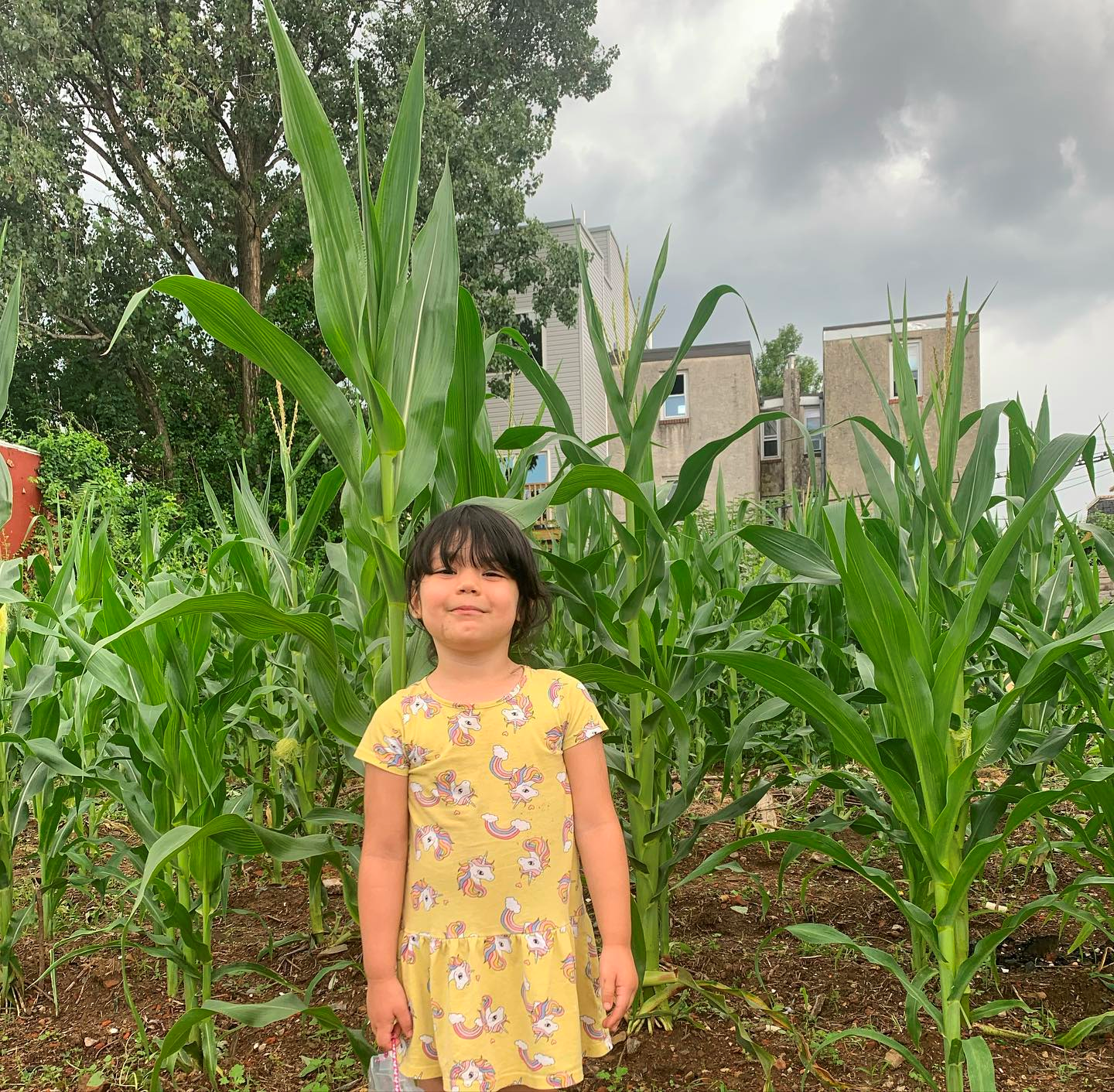
Here are two easy ways to support local grassroots movements for environmental equity and climate resilience:
- Attend an upcoming event with one of CJI’s collaborating organizations. You can see a calendar of events at climatejusticeinitiative.com/events. Our next event will be tomorrow, April 2, at 12:45 pm, when CJI’s Trash Circle collaborators are co-hosting “Die, Dumping, Die!”, a funeral for a dumpsite at 6th and Somerset in Kensington. We’ll begin with a fun procession around the block led by Mad Beatz music ensemble!
- Donate to one or more of our collaborating organizations. You can read more about each organization’s mission, as well as visit their websites and social media accounts at climatejusticeinitiative.com/collaborators.
References
[1] https://stateimpact.npr.org/pennsylvania/2018/02/20/philadelphia-energy-solutions-a-giant-polluter-looms-over-the-lives-and-health-of-its-neighbors/
[2] https://grist.org/justice/this-philadephia-refinery-is-the-countrys-worst-benzene-polluter-trump-wants-to-keep-it-open/
[3] https://whyy.org/articles/a-hydrogen-fluoride-release-during-pes-fire-could-have-been-disastrous-some-say-the-toxic-chemical-shouldnt-be-used/
[4] https://www.inquirer.com/science/climate/hilco-philadelphia-refinery-pollution-20220114.html
[5] https://whyy.org/articles/as-hilco-tears-down-former-pes-refinery-questions-remain-about-the-sites-future/
[6] https://www.inquirer.com/science/climate/zulene-mayfield-chester-county-coventa-environmental-justice-20210823.html
[7] https://learn.neumann.edu/news/negative-effects-of-the-chester-covanta-incinerator
[8] https://static1.squarespace.com/static/5d14dab43967cc000179f3d2/t/5ff37f635abd827cadc0c112/1609793379703/Pennsylvania.pdf
[9] https://www.pbs.org/wgbh/nova/article/too-much-pollution/
[10] https://www.pbs.org/wgbh/nova/article/too-much-pollution/